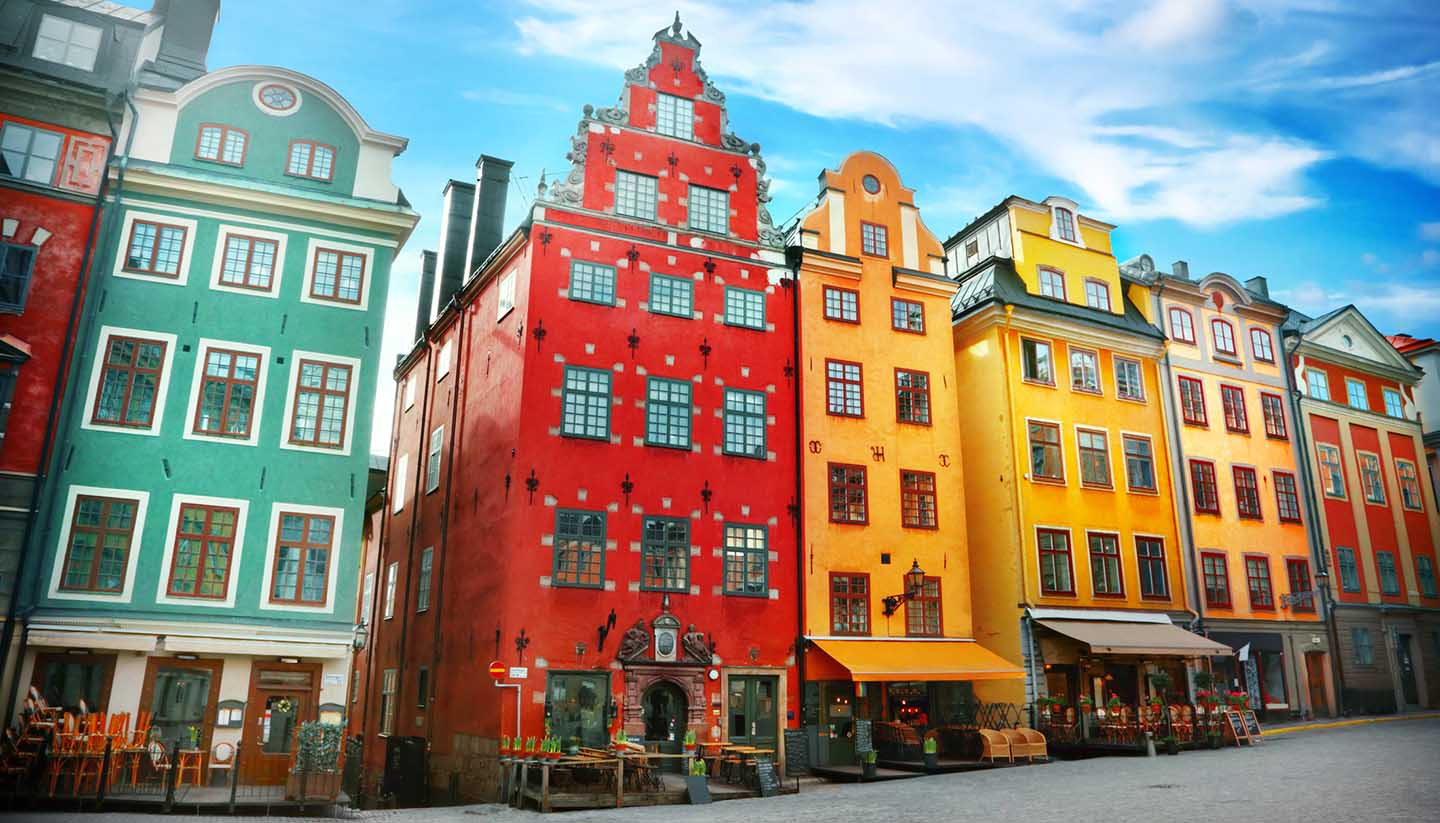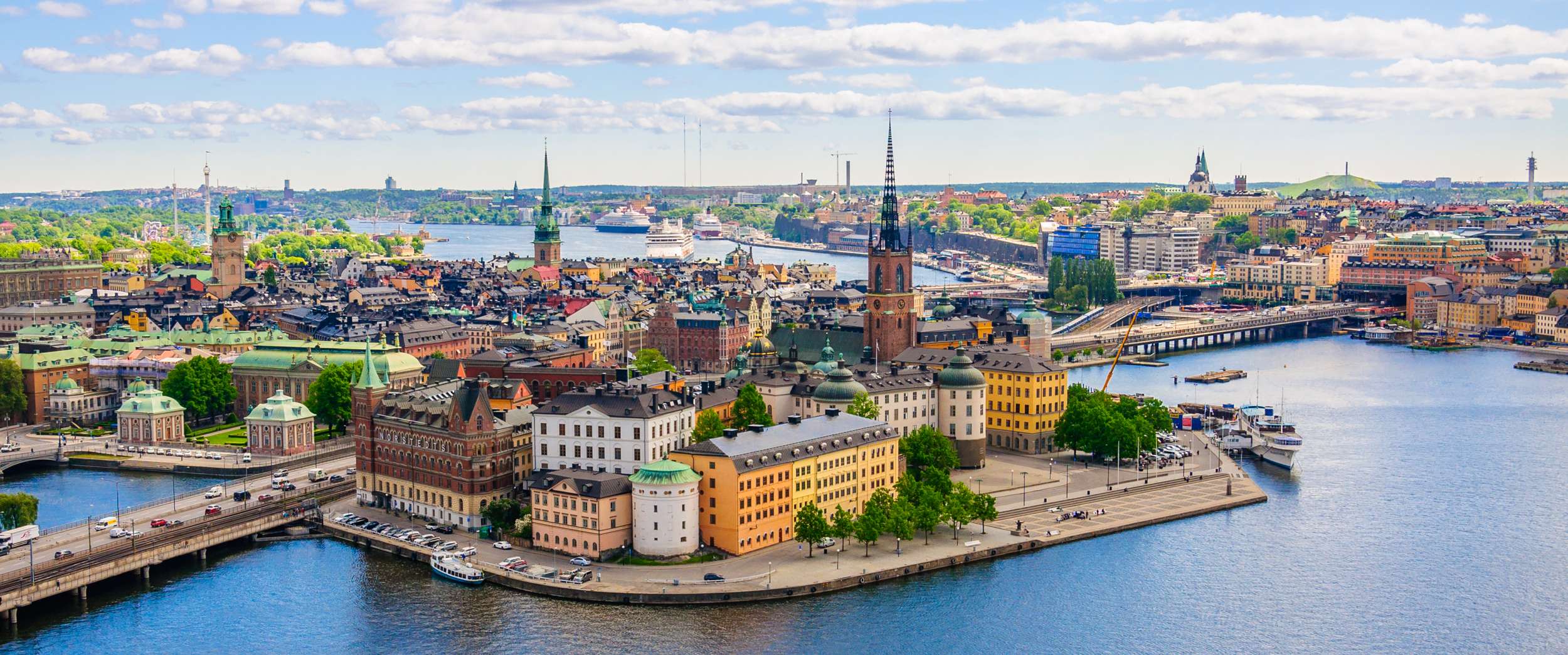Stockholm History
Stockholm’s earliest years are unclear but according to the Eric Chronicles, it was founded by Birger Jarl to protect Sweden from invasion. The earliest mention of its name dates back to the middle of the 13th century, by which time it had become the largest city in Sweden.
During the years of the Kalmar Union which united Sweden with Norway and Denmark, it became a key trading port, although relations with the Danes were often strained and there were a number of violent conflicts. In 1497, the Hans of Denmark succeeded in taking Stockholm, and for the next two decades, the city pinged between Danish and Swedish ownership before the conflict between the two nations culminated in a particularly gory clash in 1520 known as the Stockholm Bloodbath. Danish King Christian II executed 100 nobles and clergymen, many of whom were decapitated.
With the ascent to the Swedish throne of Gustav Vasa in 1523, Stockholm’s fortunes changed, with the Danes beaten back to Copenhagen and the city once again becoming a hub for Swedish life. Vasa also oversaw a building boom in the wake of the fire that destroyed much of the city centre in 1625. Nine years later, Stockholm was proclaimed capital of Sweden, but endured a troubled period. In 1710, over a third of Stockholm’s population died of bubonic plague and the city stagnated.
Scientific and artistic breakthroughs in the late 18th and 19th centuries, however, heralded the constructions of many of the fine buildings still standing today. Swift industrialisation followed, and within a few years of the city hosting the 1912 Olympic Games, Stockholm was home to more than 350,000 people whose houses now spilled out into the archipelago.
The physical expansion of the city was reflected by a stronger finance sector, and by the 1980s the krona had become a powerful currency. Today, Stockholm remains the hub for Swedish financial and cultural life, and its most popular tourist destination to boot.
Did you know?
• Stockholm’s name translates as ‘Log Island’.
• Stockholm established the world’s first national urban park in 1995 when it unveiled the Royal National City Park.
• Founded in 1891, the Skansen was the world’s first open-air museum.



